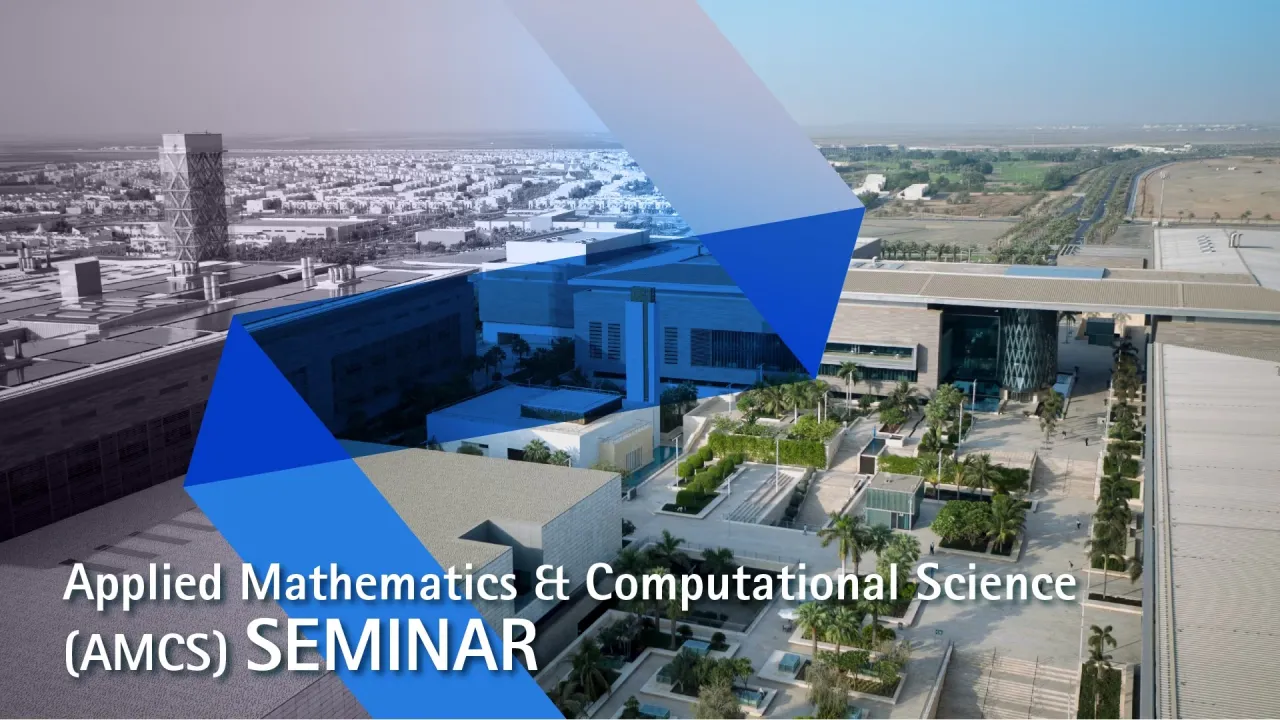
Locally Discrete Maximum Principle DG finite element method for the transport equation
In this talk we propose a Flux Corrected Transport (FCT)-like stabilization suitable for high-order Discontinuous Galerkin (DG) finite element discretizations. As a model problem we consider the multi-dimensional transport equation. The method guarantees that the solution satisfies a local Discrete Maximum Principle (DMP). A solution is said to satisfy a DMP locally if any degree of freedom is bounded with respect to the solution at the previous time step in some defined neighborhood.
Overview
Abstract
In this talk we propose a Flux Corrected Transport (FCT)-like stabilization suitable for high-order Discontinuous Galerkin (DG) finite element discretizations. As a model problem we consider the multi-dimensional transport equation. The method guarantees that the solution satisfies a local Discrete Maximum Principle (DMP). A solution is said to satisfy a DMP locally if any degree of freedom is bounded with respect to the solution at the previous time step in some defined neighborhood. This condition not only implies that the solution remains within given initial and global bounds but also provides some control locally. We start the presentation by reviewing the standard FCT method in the context of Galerkin finite elements. Different problems arise when such methodology is employed (`as is') within high-order polynomial spaces, see fig. (b). We present two alternatives to overcome these problems. The first approach is to localize the DG stencil during the definition of the local bounds. Afterwards, we consider an element based FCT-like alternative consisting on clipping the solution and performing a local re-distribution of mass within a given element. To do this we consider two approaches. First, we re-distribute the mass uniformly on any given cell. Doing this, however, is potentially harmful when high-order spaces are employed since high dissipation is introduced. To improve the results, we propose a sub-cell, non-linear re-distribution of mass, see fig. (c). The results we present still have a defect resulting from a first order underlying method. We close the presentation discussing two alternatives, yet to be tested within this context, designed to solve this problem.
Brief Biography
Manuel Quezada de Luna (LinkedIn) is a research scientist at KAUST under the CEMSE division working with David I. Ketcheson. Manuel got a MSc from KAUST in 2009 and a PhD from Texas A&M University in 2016. Before his current position, he spent two and a half years as a postdoctoral researcher at the US Army ERDC-CHL in Vicksburg MS, USA. His research interests are broad within the area of numerical methods for solving PDEs mainly through finite element methods; in addition, he is interested on applications of these techniques and scientific computing to understand physical phenomena such as non-linear wave propagation, multi-phase flows and others.
Refreshments: Will be Provided